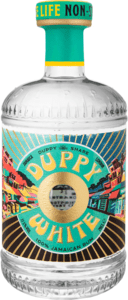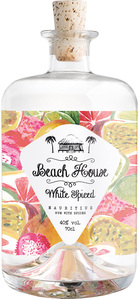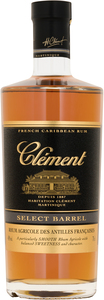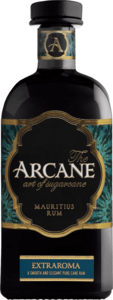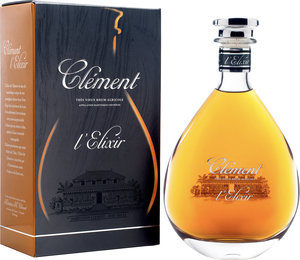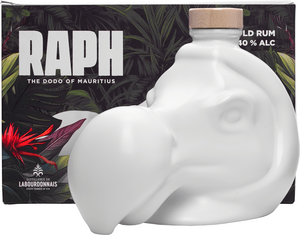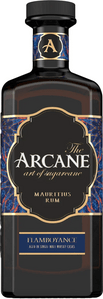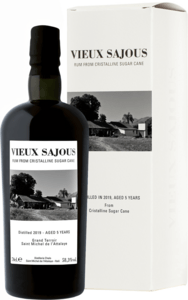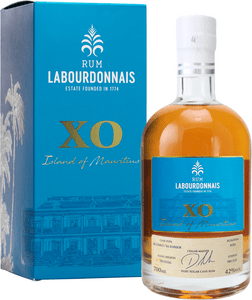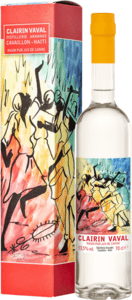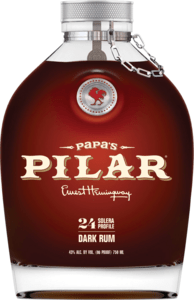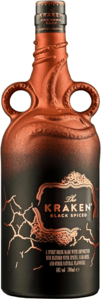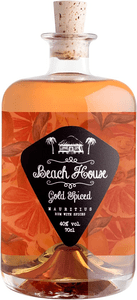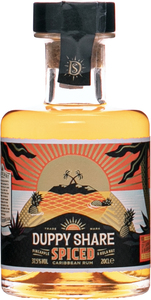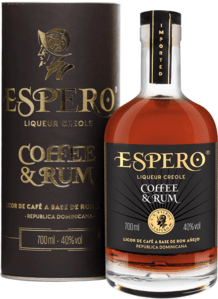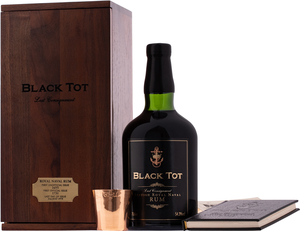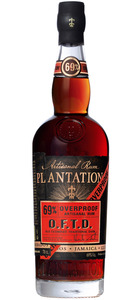How to choose Rum?
Choosing the right rum is truly an art. But we can help. Join us for a brief history of the creation of this phenomenal drink!
Rum has a fascinating history full of interesting stories! The word "rum" probably comes from the English slang word "rumbullion," which means something like "explosion" or "uproar." And indeed, rum has caused quite a stir throughout history.
Rum is an alcoholic beverage made from sugar cane.

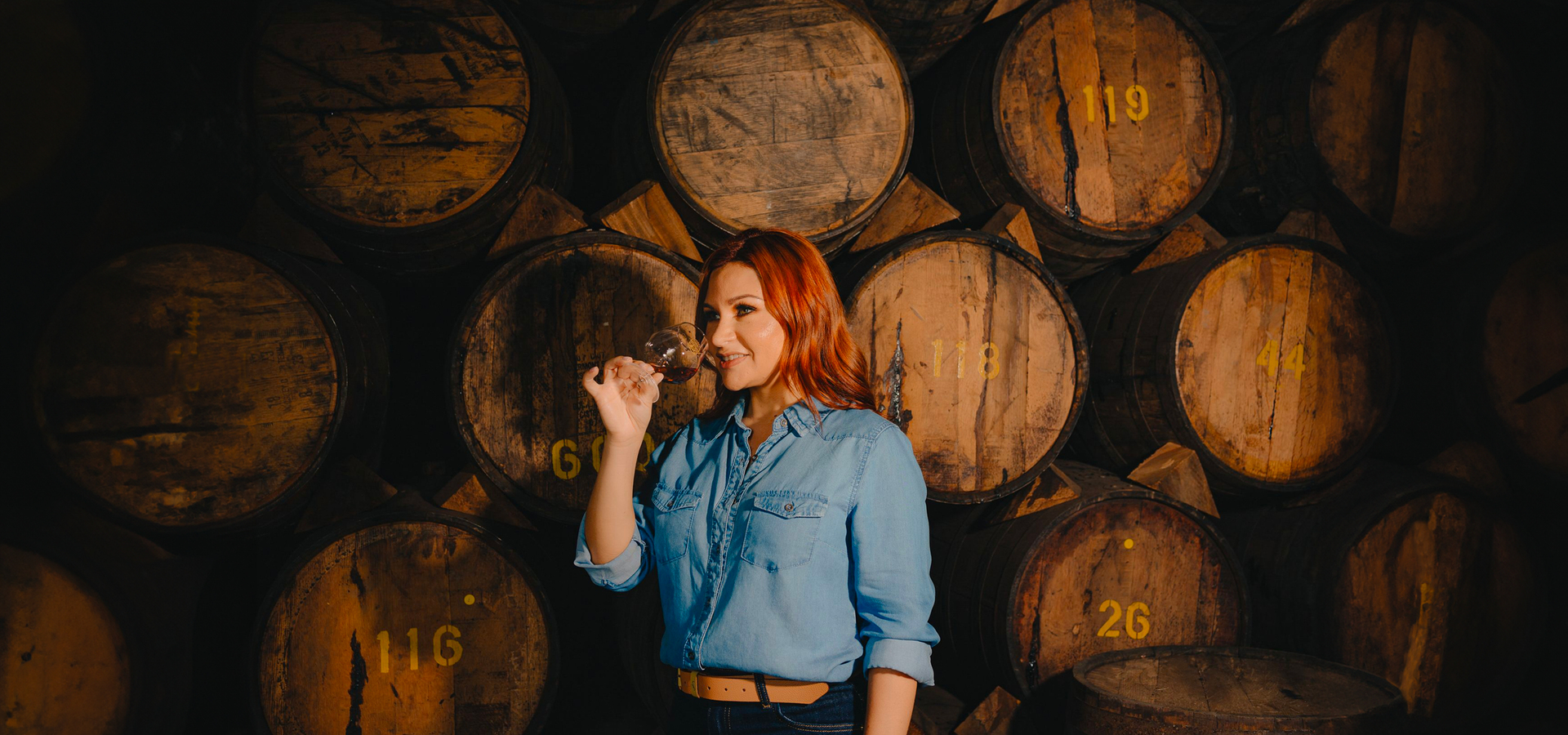

Rum officially originated on the island of Barbados in the 17th century and from there, with the help of pirates, it spread to other parts of the Caribbean. But even more interestingly, rum-like elements had already appeared in China and India much earlier.
During the 18th and 19th centuries, rum became a popular drink on the islands of Jamaica, Haiti and Trinidad. Other Caribbean countries, such as Cuba and Puerto Rico, also appreciated the taste of rum and became major producers. And so here we have rum, a drink with interesting origins and an even more interesting history, which has spread all over the world.

The production of rum begins with the collection and pressing of the sugar cane, which leads to the separation of the juice from the fibrous material. This juice is then treated and boiled, allowing the sugar residue to be separated from the liquid. This liquid is fermented using yeast, which means that micro-organisms are added to it, turning the sugar into alcohol.

Fermentation is followed by distillation, which is carried out in a still. Distillation helps to separate and extract the alcohol from the liquid produced by fermentation. This process can be repeated several times to achieve the desired alcohol content and improve the quality of the rum. Distillation is followed by ageing of the rum. Rum is usually matured in oak casks, where it acquires its characteristic colour, flavour and aroma. During ageing, the rum is slowly mixed with air and wooden casks, which gives it its specific characteristics. Finally, after maturation, the rum is filtered and sometimes water may be added to achieve the desired strength. Rum can be matured in casks for different lengths of time, resulting in different varieties of rum with different characteristics.
This is how rum is produced all over the world. Each country and each producer may have their own methods and production secrets that contribute to the uniqueness of their rum. Rum is a popular alcoholic beverage that is used not only on its own, but also in various mixed drinks and cocktails.
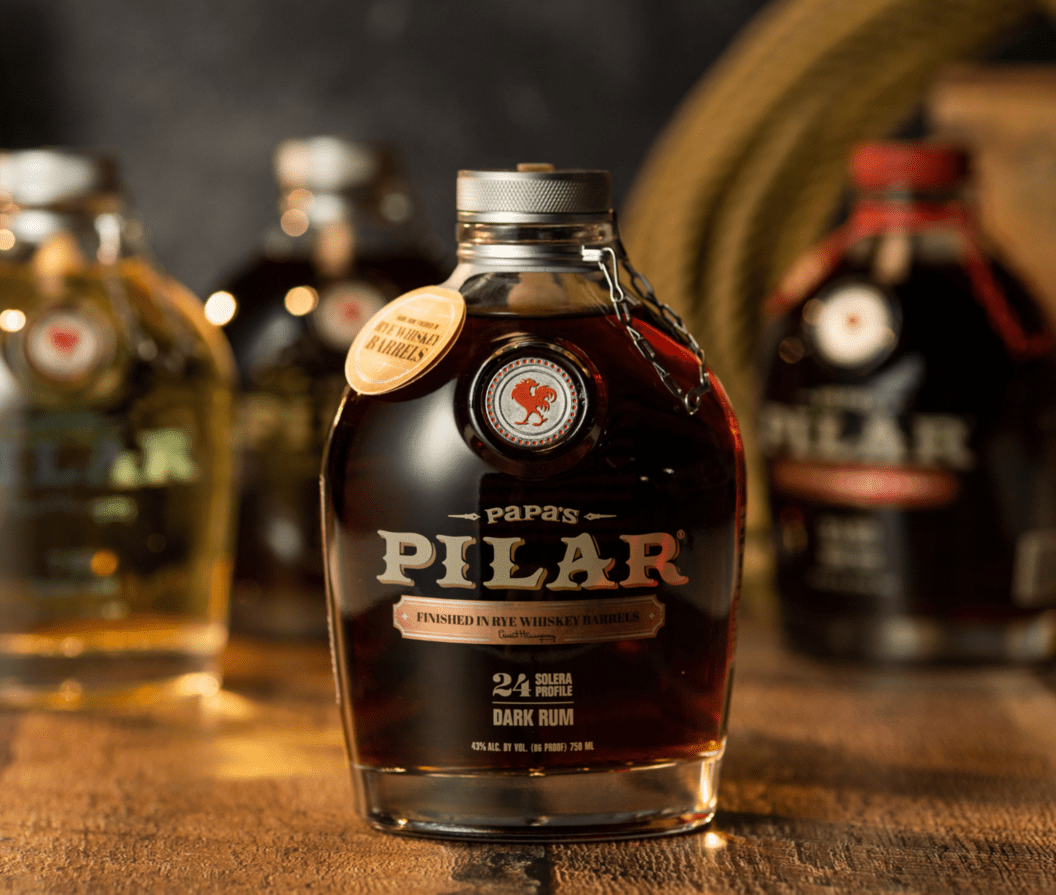
Alcohol and sugar content is a condition. In the European Union, rum must contain at least 37,5 % alcohol and less than 20 grams of sugar per litre! All other drinks that do not meet these two parameters are not rum.

There are many definitions of the division of rums. For easy orientation and according to what criteria our customers are interested in, we have divided the rums into categories:
Also referred to as Clear, Blanco, Bianco or Planas, these are rums without colour and are the base for all aged rums, white rums are mostly aged in stainless steel tanks, they are most often used to make mixed drinks that do not require a more pronounced aroma than is the case with dark rums.
Rhum Agricole is the French term for sugar cane rums, originally distilled in the French Caribbean islands from freshly squeezed sugar cane juice instead of molasses. Rhum is a term that distinguishes rums made from molasses in French-speaking localities of the West Indies.
Also referred to as Black Rum, these are rums with a heavier body and more pronounced aroma and flavour, the maturation of the rums is longer and takes place mostly in heavily fired barrels.
These are rums flavoured with various spices such as cinnamon, mostly made from golden rums
Labelled as Infused Rum, flavoured with various exotic spices, fruits, coffee or chocolate, they are also made from both golden and dark rums.
These are heavy and aromatic rums with a high alcohol content ranging from 50 % to 75 % or more.




